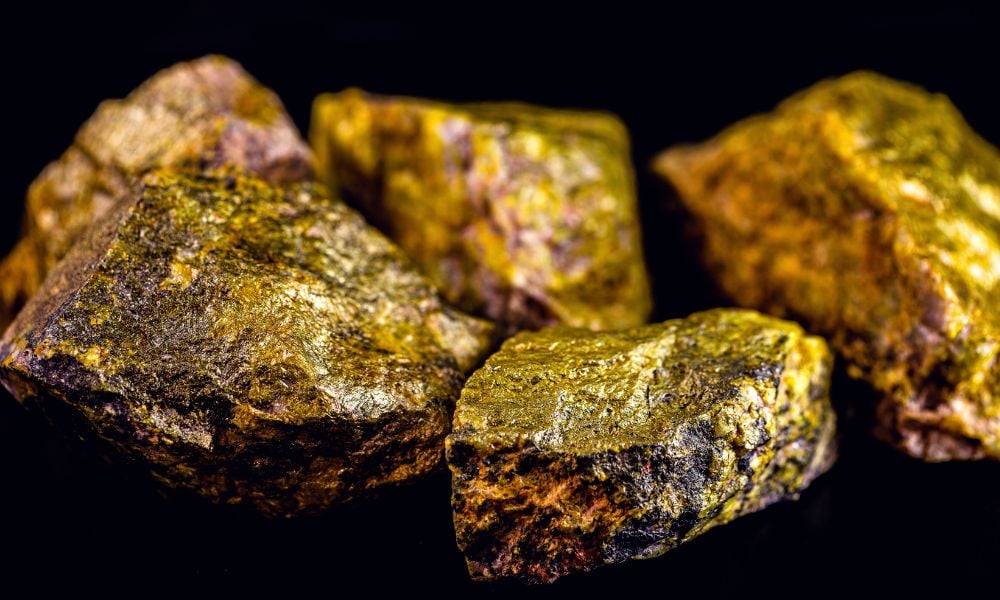Brooke Thackray explains how advisors can introduce the "Rodney Dangerfield" commodity to their investors

Uranium is one of those commodities that endlessly frustrates investors despite a trajectory that makes total sense on paper. The world is transitioning to net zero energy production and for all the ways renewables have become cheaper, they do not have the ‘always on’ feature that our grids demand. Nuclear power can be generated with no carbon emissions and can remain on while the sun isn’t shining or the wind isn’t blowing. Demand for energy is rising, too, as global populations grow and technologies like AI become major energy consumers. Nuclear makes a lot of sense, yet spot uranium prices have fallen around thirty per cent since the peaks they hit in 2023.
New executive orders from President Donald Trump aimed at cutting regulation and fast-tracking new licenses to build nuclear plants have investors looking a little more positively at uranium. Despite this new tailwind, Brooke Thackray offers a view more couched in the long-term. The research analyst at Global X Canada says that we’re still waiting for the meaningful narrative shift that can prompt a real turn in uranium. Until that time, he says, a degree of tempered expectations is healthy.
“I call the uranium sector the Rodney Dangerfield of investing, because it just doesn't get the respect that it deserves,” Thackray says. “It's very, very frustrating for uranium investors. So I think if you're going to go into the uranium sector, look longer-term, look. The math is that this sector is going to do really well, but you have to be able to say, as far as an allocation goes, how much you are willing to put in there, and be able to stomach something that's not going to go up in a straight line, even though the fundamentals aren't changing every day.”
Despite long-term trajectories pointing to a significant supply shortfall of uranium, Thackray notes that spot prices haven’t begun to reflect future demand as meaningfully yet. He notes a number of positive developments, including the new US executive orders. Germany has recently reversed its stance on nuclear energy, along with a number of other key European economies. Tech companies are upping their energy demands as artificial intelligence requires more and more computing power. There is a growing infrastructural arms race around power generation and nuclear energy is seen as a key part of that. What hasn’t happened, though, is enough of a narrative pivot.
Thackray likens this moment to the 1990s where technology and the promise of the internet grabbed investor attention at the expense of all other more mundane sectors. Once the tech bubble burst, uranium was one of the key commodities that saw a significant uptick in demand. While Thackray doesn’t say we’re in a tech bubble now, and notes that tech has pulled back somewhat, he highlights the central role tech companies currently play in investors’ minds. Only when those names leave the spotlight, he argues, will another major run in uranium take root.
One of the key dynamics in uranium markets right now, Thackray explains, is a focus on the spot price as opposed to the term price. Spot prices are lower than term, currently, but have greater risk of variability. Utilities companies, Thackray says, are playing a game of chicken with one-another and conducting business at spot prices to retain pricing power. Once one moves to term prices, he says, most utilities firms will follow suit and prompt a greater run in uranium prices.
Investors and advisors are currently presented with a wide range of ways to access uranium in some form or another. Many, especially the volatility-averse, may prefer to gain exposure through broad utilities names. Thackray notes, though, that utilities’ beta to broader equity markets has increased and with that we have begun to see an uptick in volatility for that sector. Mining stocks could be another means of accessing uranium, as could buying ETFs with some exposure to both miners and physical uranium. In any of those strategies, Thackray emphasizes the value of diversification as individual names can come out with announcements or developments that swing their own valuation off the market for uranium alone. As advisors discuss uranium prospects with their clients, Thackray highlights the importance of preparing for volatility and stressing the long-term narrative.
“I think the advisor really needs to create the story of the mismatch between supply and demand over the long-term to begin with, so that people understand that things are going to change over time longer-term,” Thackray says. “Once you've once you've done that, I think advisors really should try to temper the expectations as far as positive announcements, because investors tend to expect things to rise more than they are. They have to understand that it can take a long time to be realized, and we're going to see a lot of volatility in the meantime, where there's going to be a mismatch with expectations in the market, and they have to be able to weather that.”



